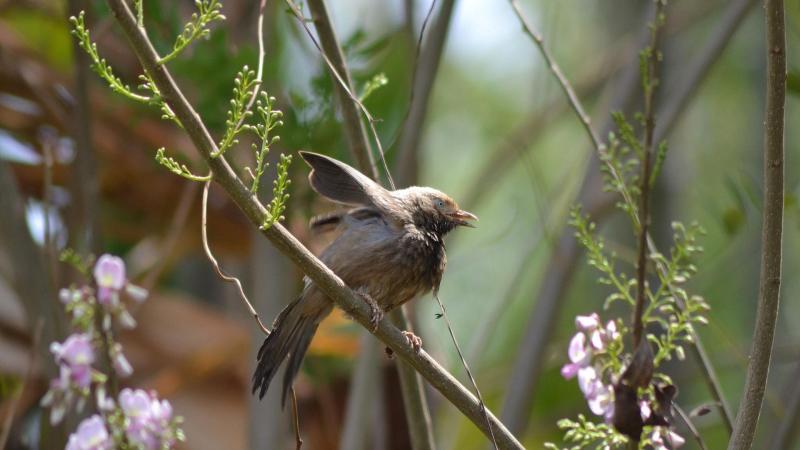
IIT Palakkad study shows how different indices used to predict drought combined with effects fof climate change can lead to different climate predictions for the future

IIT Palakkad study shows how different indices used to predict drought combined with effects fof climate change can lead to different climate predictions for the future

Birdwatching, or birding, is a hobby that is increasingly gaining traction. It is the art of observing birds in their natural environment and entails leaving your comfort zone, being highly patient and following a good code of conduct. Birdwatching can be enjoyed by everyone, irrespective of age or qualification. Live in a city and do not have the luxury of going to the wilderness? Well, your windows too can give a peek into the world of birds. All it takes is your mind and the right time to enjoy their antics.
Every year, the 12th of November is observed as National Birdwatching Day, to mark the birth anniversary of India’s legendary ornithologist, Salim Ali. Also known as the ‘Birdman of India’, he has authored several books on birds of India and has popularised the field of ornithology. He played a key role in the working of Bombay Natural History Society and in setting up and preserving many wildlife sanctuaries in the country. Through his work, Ali has inspired many young ornithologists to study the rich diversity of birds in India.
It is estimated that nearly 1250 bird species exist in India, including migratory and resident birds. Over the past few years, statistics collected have revealed a dynamic trend in migration, habitat degradation, bird diversity, and other related ecological issues facing these winged creatures.
Regardless of where or when you watch birds, an intimate connection with mother Nature follows. On this national birdwatching day, try birding for a change and see what windows it opens up for you when you sit beside your window looking at the world through a binocular.

Here’s what you should know before you start birding:
Size and shape - Have a bird as an example and compare its size and the shape of its body or beak with the new ones (For example, comparing a parrot with a lovebird or macaw).
Colour - Find the dominant colour of a bird and then notice its identification marks (For example, a pigeon is grey-coloured majorly, with short neck and bills).
Habitat - Know about the places where a bird comes from and how long it takes to travel to a particular region. Also, understand its seasonal migratory times (For example, Amur falcon is a long migrant that travels from Mongolia to Southern Africa during the winters, passing through the borders of India and Sri Lanka).
Behaviour patterns - An interesting, yet important aspect of birdwatching key is to study its movements, actions, wing-flapping motions, nesting and egging behaviours, speed, and type of flying. This also helps you to remember the details of the birds you observed in-depth (For example, penguins cannot fly whereas hummingbirds fly in the opposite direction).